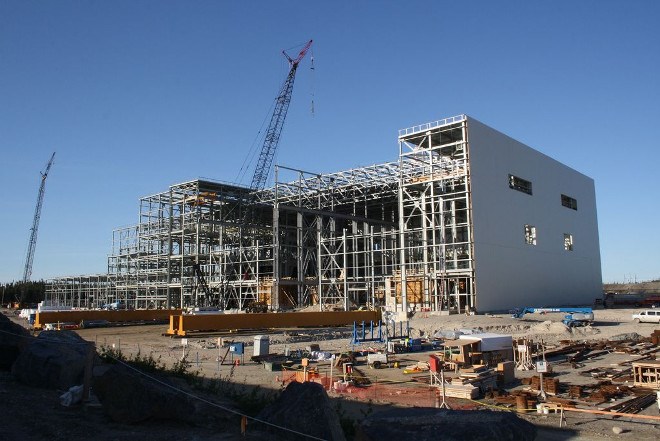Canada isn’t the welcoming mining jurisdiction that it used to be, according to the Mining Association of Canada (MAC).
Optimism abounds that the global mining industry is heading in the right direction for 2017, but a new MAC report indicates Canada’s competitiveness is in decline and financiers interested in exploration and mining projects could start parking their investment dollars offshore.
"Very simply, Canada is not as attractive as it used to be for mineral investment, and competition for those dollars is growing globally,” said MAC president-CEO Pierre Gratton in a Feb. 16 news release.
“The recent elimination of federal mining tax incentives, regulatory delays and uncertainty, combined with major infrastructure deficits in northern Canada are all contributing factors that can explain Canada's declining attractiveness. The time is now to put the right policy pieces in place to better compete for those investments and regain our leadership in mining.”
With only weeks to go before the industry convenes at the annual Prospectors and Developers Association of Canada trade show in Toronto, MAC’s Facts & Figures 2016 report indicates foreign direct investment into Canada's mining sector dropped by more than 50 percent year-over-year in 2015.
MAC said this is disproportionate to Canadian mining direct investment abroad, which only experienced a six percent decline.
The imbalance indicates that companies are less interested in investing in Canadian projects.
"The policy landscape in Canada is full of uncertainty as we await the outcomes of major government decisions,” added Gratton. “The federal government is reviewing federal environmental legislation, is implementing a pan-Canadian climate change policy, and is working to address long-standing transportation and infrastructure issues. These are all necessary and positive steps, but they must result in boosting Canada's attractiveness as a place to do business. At risk is a key sector of our economy, and one that leads the world in sustainable mining practices.”
MAC said the federal environmental assessment process needs to move quicker and more “meaningful consultation with Aboriginal communities” needs to take place.
The report said in 2015, Australia surpassed Canada as the single largest share of total global mineral exploration spending and last year, no new mining projects entered the federal environmental assessment stage.
MAC said that means fewer discoveries and few projects in the queue to become operating mines.
The association is lobbying Ottawa to invest in critical mining-related infrastructure, and the new Canada Infrastructure Bank needs to have a strong economic development focus on Canada’s North.
On the government’s climate change policy, MAC warns that failing to protect “emissions intensive and trade-exposed industries (EITI), like mining, could see mineral production shift to countries that aren’t taking action on climate change.
Ottawa also needs to do in spending on innovation, the association said, including buying into the Canada Mining Innovation Council’s proposal for a $50-million investment in the Towards Zero Waste Mining innovation strategy that would fast-track the development of disruptive technologies to support a lower carbon future.
MAC underscores that the industry employs more than 370,000 Canadians and remains the largest private sector employer of Aboriginal people. More than 3,700 companies supply goods and services to a sector that accounts for $56 billion of Canada’s GDP and 19 per cent of its exports.




